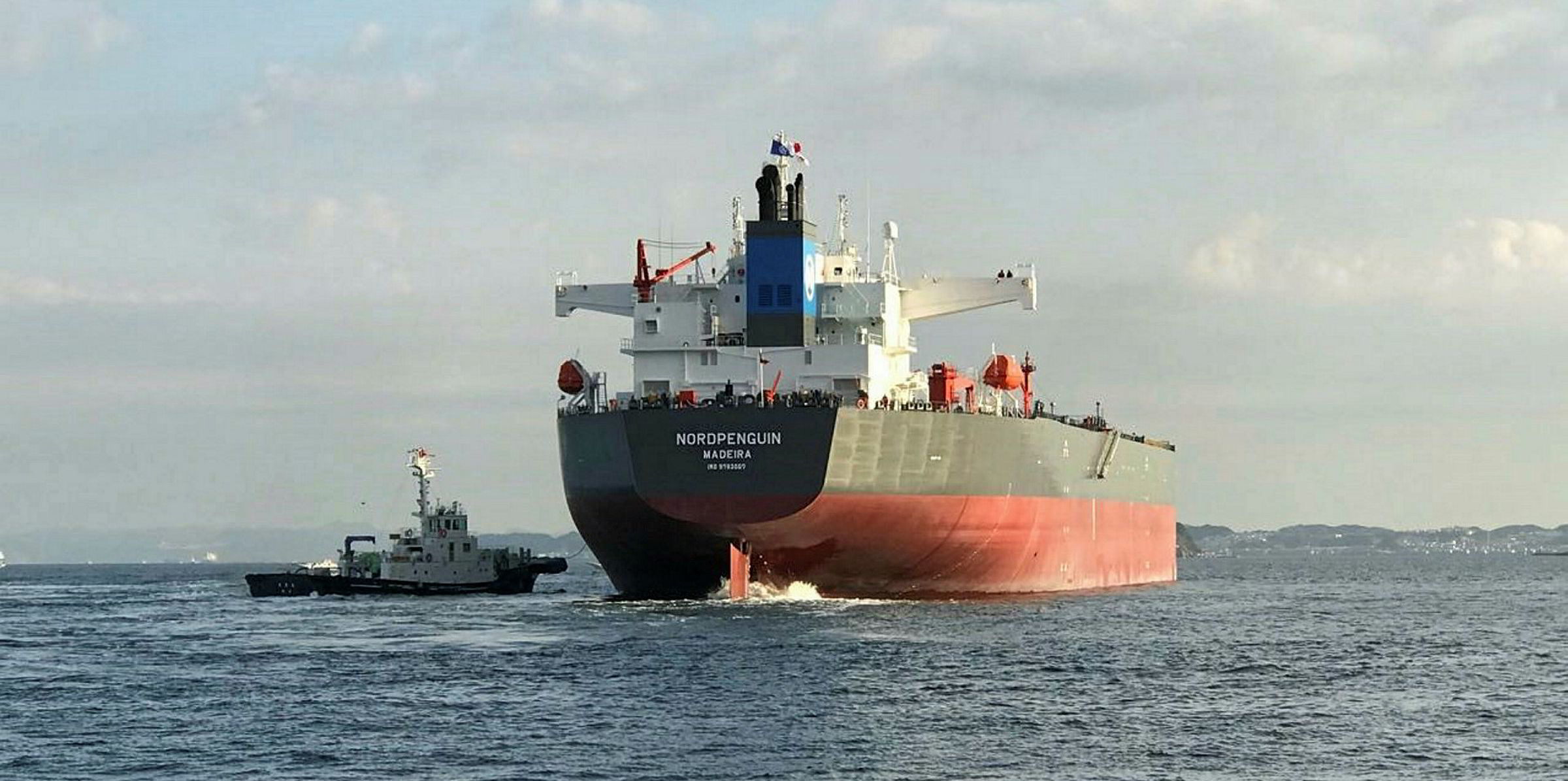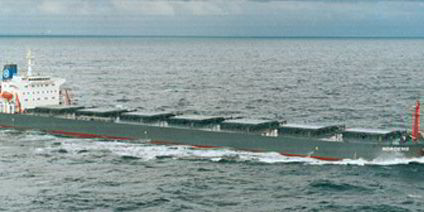German shipowner Reederei Nord is optimistic about bulk carriers and is prepared to invest “cautiously” in handysize and ultramax tonnage.
Managing director Kurt Klemme said the market should be good for some years ahead given the small orderbook in the company's size range, good cargo volumes and vessels operating at slower speeds as a consequence of higher fuel costs triggered by the 2020 sulphur cap.
Nord has a fleet of 11 handysize bulkers all built between 2012 and 2017.
Klemme said in an interview with TradeWinds that the company which has bases in Hamburg, Amsterdam and Limassol is also “positive in general” about the outlook for tankers, especially in 2020 when the sulphur cap creates what he refers to as a lot of “inefficiencies” in the market.
As well as slow steaming, he predicts that some ships will be unable to acquire heavy fuel oil at certain ports, resulting in them travelling longer distances.
Too many tanker newbuildings have still to be delivered but, said Klemme, “as long as the world economy is relatively stable, oil will be consumed and we just have to digest the big orderbook.”
The company’s fleet includes around 17 tankers, from 12,800-dwt chemical carriers and 75,000 dwt product tankers up to 319,000 dwt VLCCs.
Nord might consider joining with partners to acquire more container feeder tonnage but would not order newbuildings because, while handysize or ultramax bulkers can be used for the next 10 years, the “container market and container vessels’ technology changes so fast,” said Klemme.
Containerships should continue at a “decent level” similar to before the summer, when a 1,700-teu vessel could be fixed at $14,000 per day. Nord’s fleet list includes 28 boxships of between 1,700 teu and 3,500 teu.
“We don’t see fantastic peaks because the whole container logistics side are killing each other and we don’t know who will be the survivor—our customer— in this battlefield,” says Klemme.

“Will it be Kuehne & Nagel, Amazon, Maersk or maybe FedEx? As long as they keep fighting each other, they are not able to pay good rates because they are competing with each other for the cargo.”
Klemme questions the wisdom of the antitrust authorities in Brussels and Washington in being possibly too generous in granting liner companies' exemptions, allowing “huge conglomerates to rise who are then fighting for market share.”
Maybe a “cleansing of the market” is needed with the weakest allowed to “go to the wall,” said Klemme.
“Instead, we have these huge container companies walking around like zombies but actually you should let them go bust and see the best survive.”
Klemme said many things have changed for shipping including US private equity and hedge funds which “destroyed the market” for a period.
Their fingers were burned and will not be making a comeback for quite some time, he predicts.
Secondly, shipyards in China have realised it wasn’t clever building so many ships, especially at low prices that didn’t cover their real costs. “So we don’t expect a big wave of orders there,” added Klemme.
He said that if markets rise, Reederi Nord will sell some ships and “then wait for the next downturn in maybe three or four years” to reinvest on any scale.
This had been the Oldendorff family model since 1921, when Egon Oldendorff became a partner in a small Hamburg shipping business.
Meanwhile, Klemme said the hulls of three 1,750 teu containerships ordered at Zhejiang Ouhua Shipbuilding are still lying at the Chinese yard which collapsed into bankruptcy last May.
The private equity owners of the vessels have recovered their money through refund guarantees.
Klemme said only the main engine is missing from the first ship. But the vessel is likely to require electrical rewiring as the engine room and cargo hold have been exposed to the weather for months.
The Yangtze River delta, where the yard is located, is very humid and this is likely to have harmed equipment.
It is understood that the other two feeder boxships are just hulls and would need to be towed to another yard for completion.





